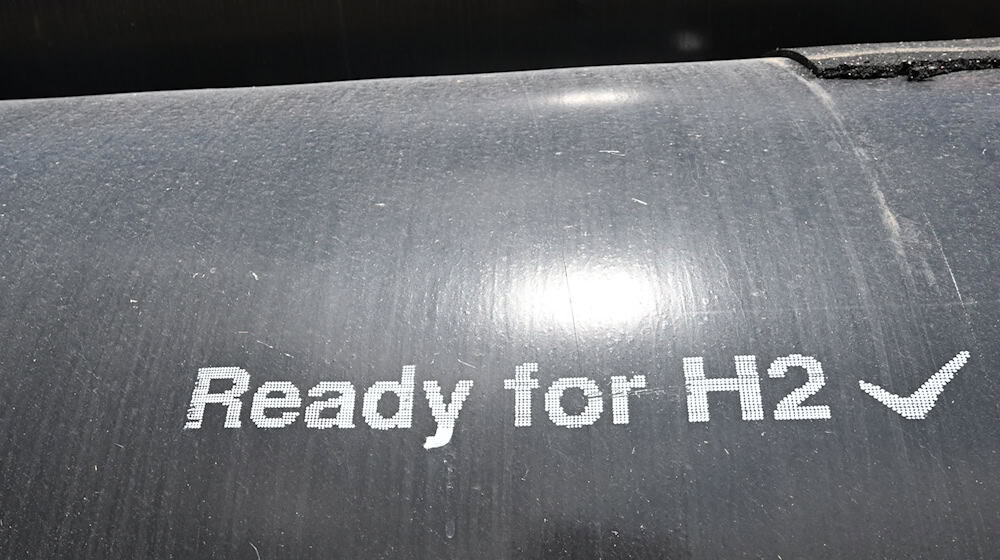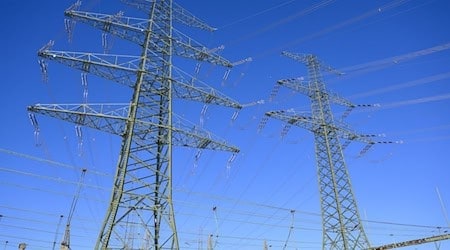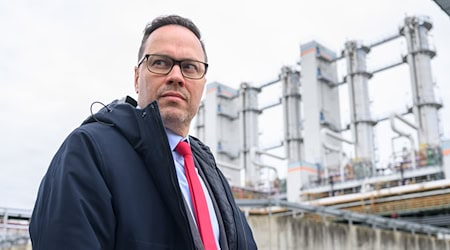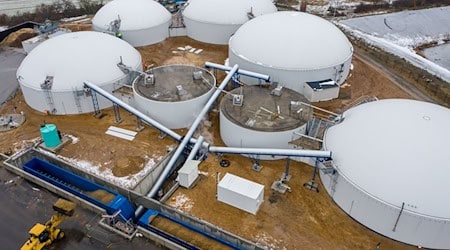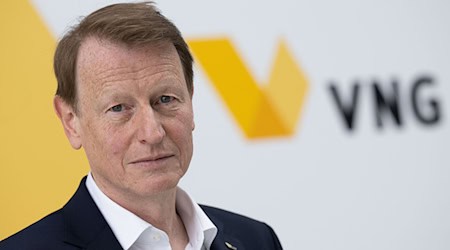In order to meet the future demand for green hydrogen, a regional distribution network around 1,100 kilometers long is needed in Saxony, Saxony-Anhalt and Thuringia. According to the "Hydrogen Network Central Germany 2.0" study presented in Leipzig, demand for the climate-friendly energy source will increase rapidly in Central Germany by 2040. The study was commissioned by 54 private-sector partners from the region, including the European Metropolitan Region of Central Germany.
According to forecasts, demand will increase to up to 39 terawatt hours (TWh) by 2030 and up to 88 TWh by 2040. The industrial and energy sectors in particular are expected to play a key role in this. The study also confirms that the region has great potential for the production of green hydrogen. Electrolysis capacity of 2.9 to 3.7 gigawatts (GW) is expected for 2030, rising to 7.1 to 11.0 GW by 2040. This is to be made possible by the expansion of renewable energies such as wind and photovoltaic systems.
Billion-euro investment in hydrogen infrastructure
The hydrogen network is to comprise 42 pipeline sections and be implemented in phases up to 2045. Around 51 percent of the route is to be realized by converting existing natural gas pipelines, which will significantly reduce costs and planning periods. The costs are estimated at around one billion euros, which represents a saving of 41 percent or 720 million euros compared to a completely new pipeline. However, the final financing of the distribution network has not yet been clarified. So far, the federal government only wants to finance the core network - or in the words of Federal Economics Minister Robert Habeck (Greens) "the highways of the hydrogen networks".
"Central Germany is H2-ready"
"With this study, we have identified sources and sinks for green hydrogen in the region in a quality and scope never before achieved and presented a very concrete and realistically dimensioned target network plan for the Central German hydrogen distribution network," says Jörn-Heinrich Tobaben, Managing Director of the European Metropolitan Region of Central Germany. Central Germany is "H2-ready".
On Tuesday, the transmission system operators submitted plans for the development of the hydrogen core network in Germany to the federal government. The Federal Network Agency must now approve the plans.
Copyright 2024, dpa (www.dpa.de). All rights reserved

